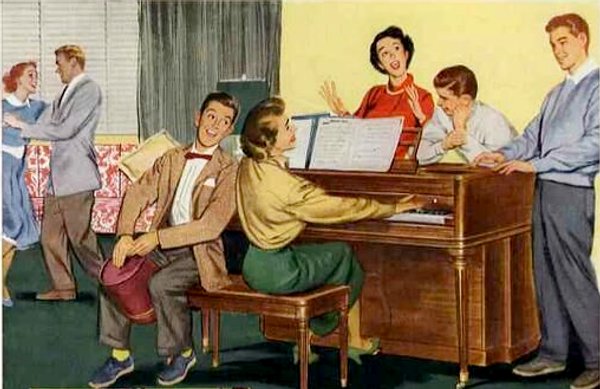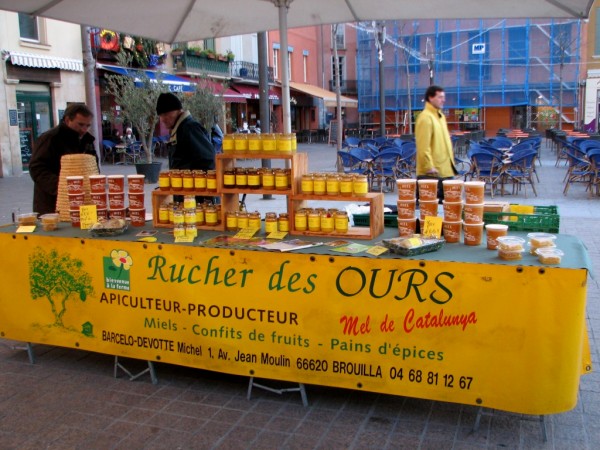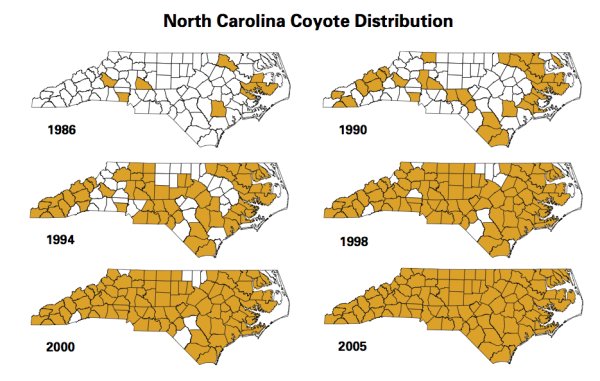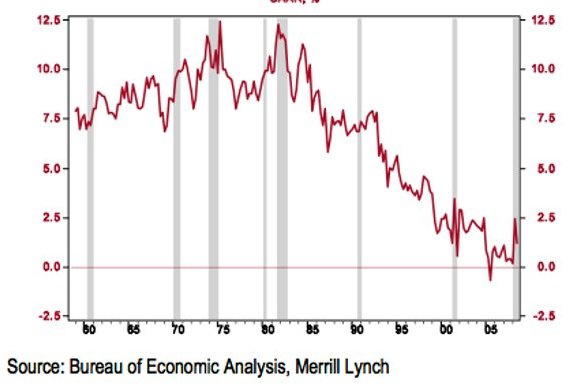
Sean Jackson: Superman visits Trinity Church Wall Street (Youtube)
Don’t worry … this is not going to turn into an organ blog. It’s just that I’ve been thinking a lot about organ installations because I’m in the middle of making tricky decisions about where the wiring and speakers will go for the electronic organ in my new house. In the future, I’ll post details about my plans for a digitally sampled organ, as well as an analog organ console, in my house. I fully intend to have big-organ sound in the house like that in the Sean Jackson video above.
The interesting thing about the organ in the Sean Jackson video above is that this is not a wind instrument. It’s a new electronic organ built by Marshall & Ogletree, pushing digitally sampled electronic organs to a new level. The organ at Trinity Church on Wall Street was ruined by ash and smoke when the World Trade Center was destroyed on September 11, 2001, and the organ was replaced, at least temporarily, by the Marshall & Ogletree organ.
A nice thing about the people at Trinity Church is that they’re not persnickety about what kind of music is played on their organ. Though the Mighty Wurlitzer has its place, these church-type instruments are extremely well suited to grand motion pictures music. The more this kind of music is played on the big classical (as opposed to theater) organs, the more people will regain an interest in listening to the organ.
Below: a very good church organist in New Jersey:

When You Wish Upon a Star — played with impeccable taste (Youtube)

Theme from Masterpiece Theater (Youtube)








